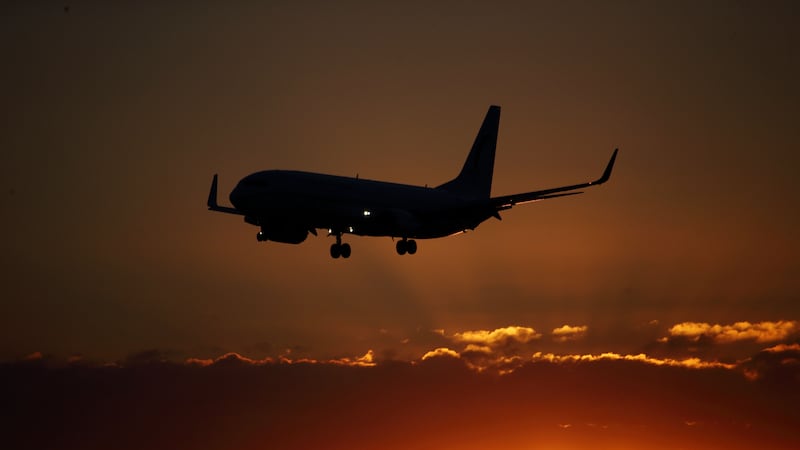Poor air quality on passenger jet flight decks may impair pilots’ flying performance and handling of emergencies, a study has found.
Flight simulator tests showed that as carbon dioxide levels were raised pilots found it more difficult to carry out tricky manoeuvres.
Their ability to handle unexpected emergencies, such as an engine failure on take off, was also affected.
Investigator Piers MacNaughton, from the Harvard T.H. Chan School of Public Health in the US, said: “Using a flight simulator gave us a unique opportunity to test the impact of extreme, but rare, events in airplanes.
“Our results suggest that we need to know more about how air quality on the flight deck can be used to enhance pilot performance.”
A total of 30 commercial airline pilots were recruited for the study, which involved teams of two taking three hour-long flights in an Airbus A320 simulator.
Pilots from each team took turns at the controls, flying for 90 minutes at a time while carrying out 21 manoeuvres of varying levels of difficulty without the aid of an autopilot.
The challenges faced by the pilots included executing a steep turn bank, maintaining a constant altitude while circling, stall recovery, collision avoidance, and coping with engine failure during take off and landing.
During each flight the concentration of carbon dioxide (CO2) in the simulator was randomly set at 700, 1,500, or 2,500 parts per million (ppm) of air.
Pilots were 69% more likely to pass a manoeuvre test when CO2 levels were 700 ppm compared with 2,500 ppm.
At 1,500 ppm, pilots were 52% more likely to execute a manoeuvre successfully than they were at the highest CO2 level.
The negative effects of CO2 on flight performance became more pronounced the longer pilots were in the simulator.
Every simulation was supervised by a pilot examiner from the Federal Aviation Administration (FAA), the US body that regulates aviation.
Both pilot and examiner were unaware of the CO2 levels during the simulations.
Available data on CO2 levels on commercial aircraft flight decks is limited.
Previous studies have indicated that average flight deck levels are less than 800 ppm.
However, they have been measured as high as 2,000 ppm and even higher in the cabin depending on the aircraft type and other factors, said the researchers writing in the Journal of Exposure Science & Environmental Epidemiology.
They added that current standards for air quality on flight decks may be inadequate.
The scientists wrote: “Our testing conditions, and the results, therefore, do not necessarily reflect actual conditions in all airplanes nor do they necessarily reflect how pilots would perform during an actual flight.
“They do, however, suggest that there are important direct effects of carbon dioxide on pilot performance at concentrations that are occasionally observed on the flight deck and in the cabin.”
Previous work by the same team has shown that raised CO2 levels in office buildings can adversely affect the thinking ability of employees.








